-
 Bitcoin
Bitcoin $116300
2.01% -
 Ethereum
Ethereum $3815
5.35% -
 XRP
XRP $3.071
4.46% -
 Tether USDt
Tether USDt $1.000
0.02% -
 BNB
BNB $776.2
1.67% -
 Solana
Solana $173.0
5.70% -
 USDC
USDC $0.9999
0.00% -
 TRON
TRON $0.3389
1.14% -
 Dogecoin
Dogecoin $0.2125
5.92% -
 Cardano
Cardano $0.7627
5.16% -
 Hyperliquid
Hyperliquid $39.00
4.42% -
 Stellar
Stellar $0.4122
5.07% -
 Sui
Sui $3.654
7.22% -
 Chainlink
Chainlink $17.31
5.47% -
 Bitcoin Cash
Bitcoin Cash $582.2
4.28% -
 Hedera
Hedera $0.2521
3.53% -
 Ethena USDe
Ethena USDe $1.001
0.01% -
 Avalanche
Avalanche $22.77
3.47% -
 Litecoin
Litecoin $119.6
2.53% -
 UNUS SED LEO
UNUS SED LEO $8.944
-0.49% -
 Toncoin
Toncoin $3.288
3.95% -
 Shiba Inu
Shiba Inu $0.00001261
3.78% -
 Uniswap
Uniswap $10.12
5.80% -
 Polkadot
Polkadot $3.761
4.23% -
 Dai
Dai $1.000
-0.01% -
 Monero
Monero $285.1
-2.37% -
 Bitget Token
Bitget Token $4.387
1.43% -
 Cronos
Cronos $0.1476
5.88% -
 Pepe
Pepe $0.00001080
4.75% -
 Ethena
Ethena $0.6374
11.58%
Binance spot introductory tutorial: No confusion for beginners
Binance offers a user-friendly platform for spot trading; this guide helps beginners set up an account, deposit funds, and execute their first trade.
Jun 05, 2025 at 12:21 pm
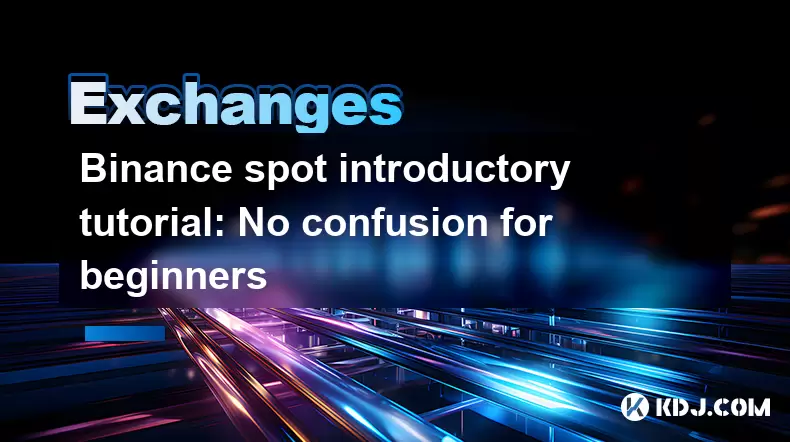
Binance, one of the world's leading cryptocurrency exchanges, offers a robust platform for trading various cryptocurrencies. This introductory tutorial aims to guide beginners through the process of using Binance's spot trading feature, ensuring a smooth and confusion-free experience. Let's dive into the essential steps and features you need to know.
Setting Up Your Binance Account
Before you can start trading on Binance, you need to set up an account. Here's how to do it:
- Visit the Binance website and click on the "Register" button.
- Enter your email address and create a strong password. Make sure to use a combination of letters, numbers, and special characters for security.
- Complete the email verification process by clicking on the link sent to your email.
- Enable two-factor authentication (2FA) for added security. You can use apps like Google Authenticator or Authy.
- Complete the KYC (Know Your Customer) process if you plan to deposit fiat currency or withdraw large amounts of cryptocurrency. This involves uploading a government-issued ID and a selfie.
Once your account is set up, you're ready to start trading on the Binance spot market.
Depositing Funds into Your Binance Account
To trade on Binance, you need to deposit funds into your account. Here's how to do it:
- Navigate to the "Wallet" section on the top menu and select "Overview."
- Click on "Deposit" and choose the cryptocurrency you want to deposit.
- Select the network for the deposit. Make sure to use the correct network to avoid losing your funds.
- Copy the deposit address provided by Binance and paste it into your external wallet to send the funds.
- Wait for the transaction to be confirmed on the blockchain. The time it takes depends on the cryptocurrency and network congestion.
Once your funds are in your Binance wallet, you can proceed to trade on the spot market.
Understanding the Binance Spot Trading Interface
The Binance spot trading interface can seem overwhelming at first, but it's designed to provide all the necessary tools for trading. Here's a breakdown of the main components:
- Trading Pairs: These are displayed at the top of the trading interface. You can select the pair you want to trade, such as BTC/USDT.
- Order Book: Located on the left side, the order book shows the current buy and sell orders for the selected trading pair.
- Trading Chart: The central part of the interface displays a chart of the trading pair's price history. You can customize the chart to show different time frames and indicators.
- Order Entry: On the right side, you can enter your buy or sell orders. You can choose between market orders, limit orders, and stop-limit orders.
- Recent Trades: Below the order entry section, you can see a list of recent trades executed for the selected pair.
Understanding these components will help you navigate the Binance spot trading interface with ease.
Placing Your First Trade on Binance
Now that you're familiar with the interface, let's walk through the process of placing your first trade:
- Select the trading pair you want to trade. For example, if you want to buy Bitcoin with USDT, select the BTC/USDT pair.
- Choose the type of order you want to place. A market order will execute immediately at the current market price, while a limit order allows you to set a specific price at which you want to buy or sell.
- Enter the amount you want to trade. You can enter the amount in the base currency (e.g., BTC) or the quote currency (e.g., USDT).
- Review your order and click "Buy" or "Sell" to submit it.
- Monitor your order in the "Open Orders" section until it's filled. Once filled, the trade will appear in your trade history.
By following these steps, you can successfully place your first trade on Binance's spot market.
Withdrawing Funds from Your Binance Account
After trading, you may want to withdraw your funds from Binance. Here's how to do it:
- Navigate to the "Wallet" section and select "Overview."
- Click on "Withdraw" and choose the cryptocurrency you want to withdraw.
- Enter the withdrawal address and the amount you want to withdraw. Make sure to use the correct address to avoid losing your funds.
- Select the network for the withdrawal. Ensure it matches the network of the receiving wallet.
- Enter any required memo or tag if the cryptocurrency requires it.
- Review the withdrawal details and click "Submit."
- Enter the 2FA code to confirm the withdrawal.
Once the withdrawal is processed, you'll need to wait for the transaction to be confirmed on the blockchain.
Managing Your Binance Spot Trading Portfolio
As you continue trading on Binance, it's important to manage your portfolio effectively. Here are some tips:
- Diversify your investments: Don't put all your funds into a single cryptocurrency. Spread your investments across different assets to mitigate risk.
- Set stop-loss orders: Use stop-loss orders to limit potential losses. This will automatically sell your assets if the price drops to a certain level.
- Monitor market trends: Keep an eye on market trends and news that could affect the price of your assets.
- Regularly review your portfolio: Assess your portfolio's performance and make adjustments as needed.
By following these tips, you can better manage your Binance spot trading portfolio.
Frequently Asked Questions
Q: Can I trade on Binance without completing KYC?
A: Yes, you can trade on Binance without completing KYC, but you'll be subject to certain limitations. Without KYC, you can't deposit or withdraw fiat currency, and there are limits on cryptocurrency withdrawals.
Q: How long does it take to deposit funds into Binance?
A: The time it takes to deposit funds into Binance depends on the cryptocurrency and the network congestion. Bitcoin deposits, for example, typically take 10-30 minutes, while Ethereum deposits can take 5-15 minutes.
Q: What fees are associated with trading on Binance's spot market?
A: Binance charges a trading fee for spot market transactions, which varies based on your trading volume and whether you're using BNB (Binance Coin) to pay the fee. The standard fee is 0.1% of the trade amount, but it can be reduced to 0.075% if you pay with BNB.
Q: Can I use Binance on my mobile device?
A: Yes, Binance offers a mobile app for both iOS and Android devices. You can download it from the App Store or Google Play Store and use it to trade on the go.
Disclaimer:info@kdj.com
The information provided is not trading advice. kdj.com does not assume any responsibility for any investments made based on the information provided in this article. Cryptocurrencies are highly volatile and it is highly recommended that you invest with caution after thorough research!
If you believe that the content used on this website infringes your copyright, please contact us immediately (info@kdj.com) and we will delete it promptly.
- IREN Overtakes: A New King in the Bitcoin Miner Hashrate Race?
- 2025-08-07 16:31:29
- Memecoins Mania: Whales Eye Pepe Dollar (PEPD) as Bonk Cools Off, While MoonBull Hogs the Spotlight!
- 2025-08-07 16:51:17
- Unilabs, PEPE, and Investment Risk: Navigating the Crypto Hype
- 2025-08-07 16:31:29
- Meme Coin Mania: Rug Pulls, CZ-Inspired Tokens, and the Wild West of Crypto
- 2025-08-07 16:57:14
- HashFlare Founders Face the Music: Jail Time Looms?
- 2025-08-07 14:30:12
- Pepeto's Pounce: Meme Coin Mania Meets Blockchain Infrastructure
- 2025-08-07 15:10:12
Related knowledge

How to deposit USD on Bitstamp
Aug 07,2025 at 05:18pm
Understanding Bitstamp and USD DepositsBitstamp is one of the longest-standing cryptocurrency exchanges in the industry, offering users the ability to...
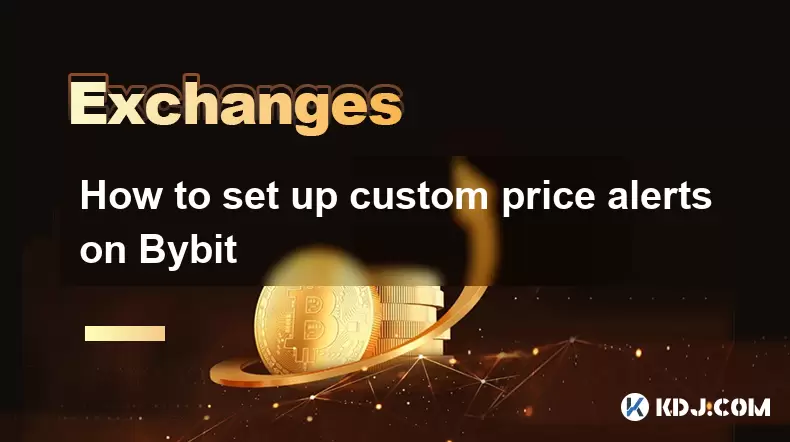
How to set up custom price alerts on Bybit
Aug 07,2025 at 04:31pm
Understanding Price Alerts on BybitPrice alerts on Bybit are essential tools for traders who want to stay informed about significant price movements i...
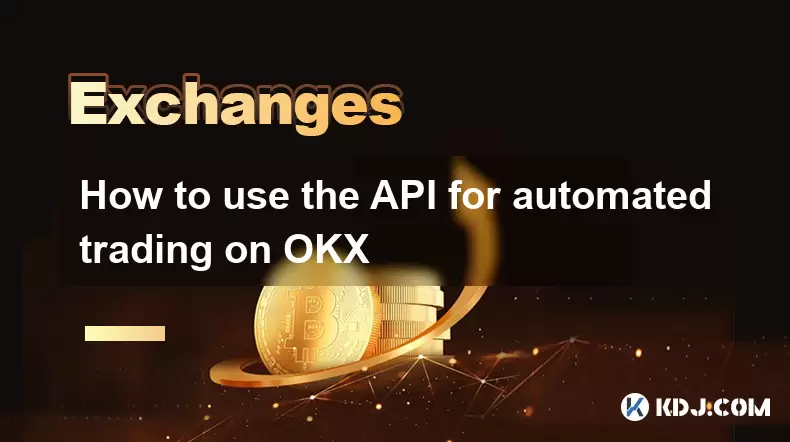
How to use the API for automated trading on OKX
Aug 07,2025 at 05:21pm
Understanding the OKX API for Automated TradingThe OKX API provides a powerful interface for users to automate their trading strategies, access real-t...

How to claim airdropped tokens on Gate.io
Aug 07,2025 at 04:01pm
Understanding Airdropped Tokens on Gate.ioAirdropped tokens are digital assets distributed for free by blockchain projects to promote awareness, incen...
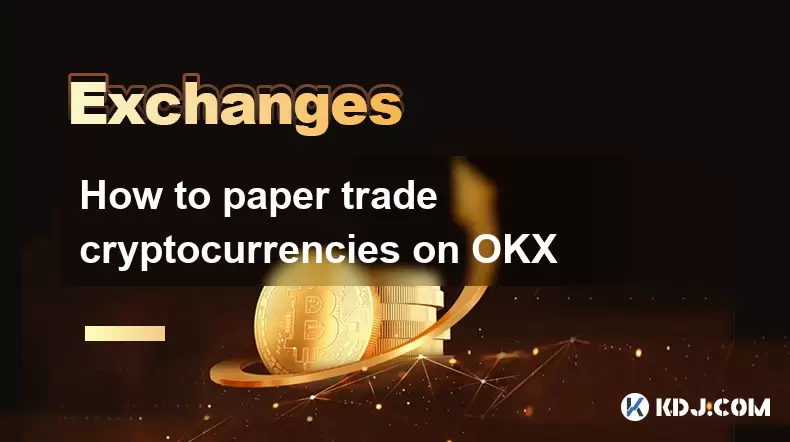
How to paper trade cryptocurrencies on OKX
Aug 07,2025 at 06:01pm
Understanding Paper Trading in the Cryptocurrency ContextPaper trading, also known as simulated or virtual trading, allows users to practice buying an...
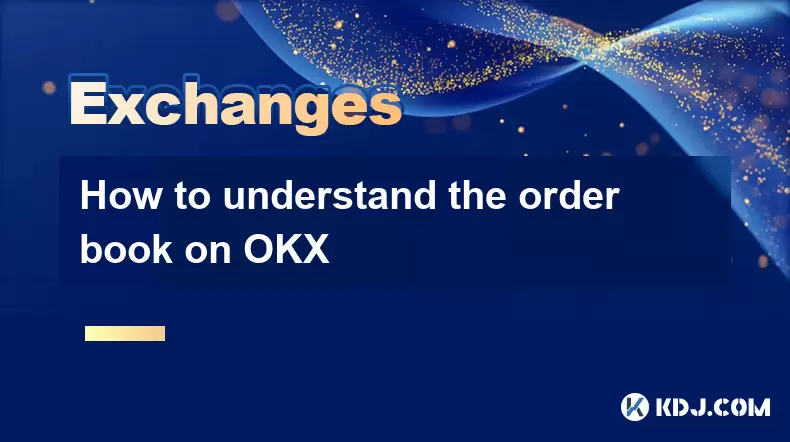
How to understand the order book on OKX
Aug 07,2025 at 03:49pm
What Is an Order Book on OKX?The order book on OKX is a real-time, dynamic list of all open buy and sell orders for a specific cryptocurrency trading ...

How to deposit USD on Bitstamp
Aug 07,2025 at 05:18pm
Understanding Bitstamp and USD DepositsBitstamp is one of the longest-standing cryptocurrency exchanges in the industry, offering users the ability to...

How to set up custom price alerts on Bybit
Aug 07,2025 at 04:31pm
Understanding Price Alerts on BybitPrice alerts on Bybit are essential tools for traders who want to stay informed about significant price movements i...

How to use the API for automated trading on OKX
Aug 07,2025 at 05:21pm
Understanding the OKX API for Automated TradingThe OKX API provides a powerful interface for users to automate their trading strategies, access real-t...

How to claim airdropped tokens on Gate.io
Aug 07,2025 at 04:01pm
Understanding Airdropped Tokens on Gate.ioAirdropped tokens are digital assets distributed for free by blockchain projects to promote awareness, incen...

How to paper trade cryptocurrencies on OKX
Aug 07,2025 at 06:01pm
Understanding Paper Trading in the Cryptocurrency ContextPaper trading, also known as simulated or virtual trading, allows users to practice buying an...

How to understand the order book on OKX
Aug 07,2025 at 03:49pm
What Is an Order Book on OKX?The order book on OKX is a real-time, dynamic list of all open buy and sell orders for a specific cryptocurrency trading ...
See all articles

























































































